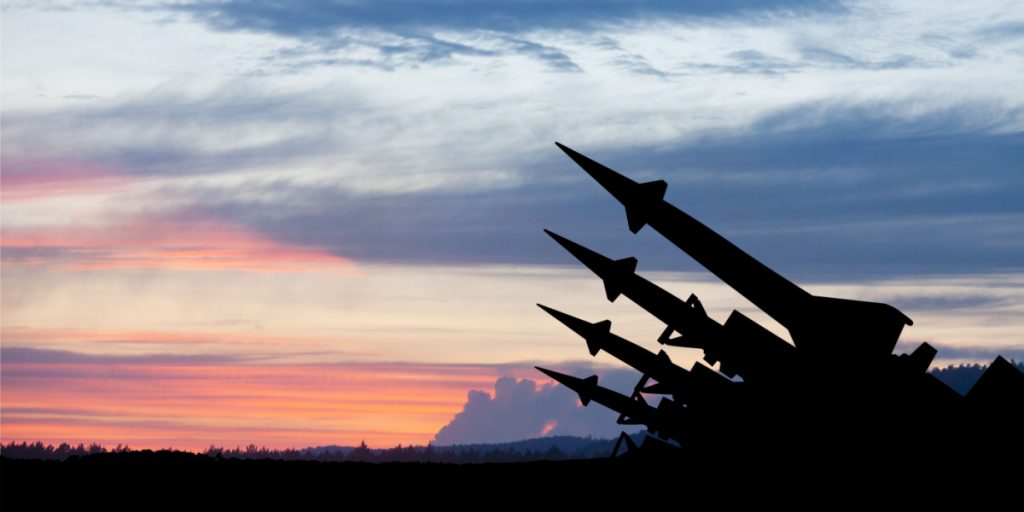The US plans to produce critical weapons for Ukraine in allied countries.
Others are reading now
The United States has plans to manufacture essential weapons for Ukraine within the territories of its allies, with Australia set to establish the first overseas facility for producing GMLRS long-range guided missiles for the HIMARS MLRS, according to The Wall Street Journal.
The facility is planned to open at an Australian military base near Sydney, known as Corps 215.
The Wall Street Journal reports that the swift depletion of ammunition in Ukraine and the Middle East – from missiles to artillery shells – has strained the American industrial base’s capacity to fulfill demand and restock.
As a response, the Biden administration aims to set up multiple production lines in allied nations for vitally important weapons, “although it is not easy.”
Also read
European manufacturers say they need long-term orders from governments to confidently boost production capabilities.
Lockheed, the sole producer of GMLRS in Camden, Arkansas, plans to recruit six Australian engineers for training at its US facility on the production process. These semi-assembled missile components will then be shipped from the US to Australia for final assembly at a newly established production line in Building 215.
According to Australian officials, the first batch of about a dozen Australian-made GMLRS will undergo testing by late 2025, with ambitions to annually produce thousands of missiles by 2030, extending beyond Corps 215.
Defense Minister of Ukraine, Rustem Umyerov, wrote in a letter to his EU counterparts the growing disparity in ammunition supplies between the Russian military and Ukraine’s Armed Forces.
Umyerov urged the EU to deliver the promised one million artillery shells to Ukraine by spring 2023.
Umyerov also stressed that Ukraine requires 200,000 155-mm shells monthly, whereas the Russian military has access to nearly double that amount, with an influx of a million shells from North Korea.
EU foreign policy and security representative Josep Borrell revealed that the EU would only meet 52% of its commitment to provide Ukraine with one million artillery shells by March, with the European Commission indicating the bloc’s capacity to produce one million shells by the end of winter 2024.


